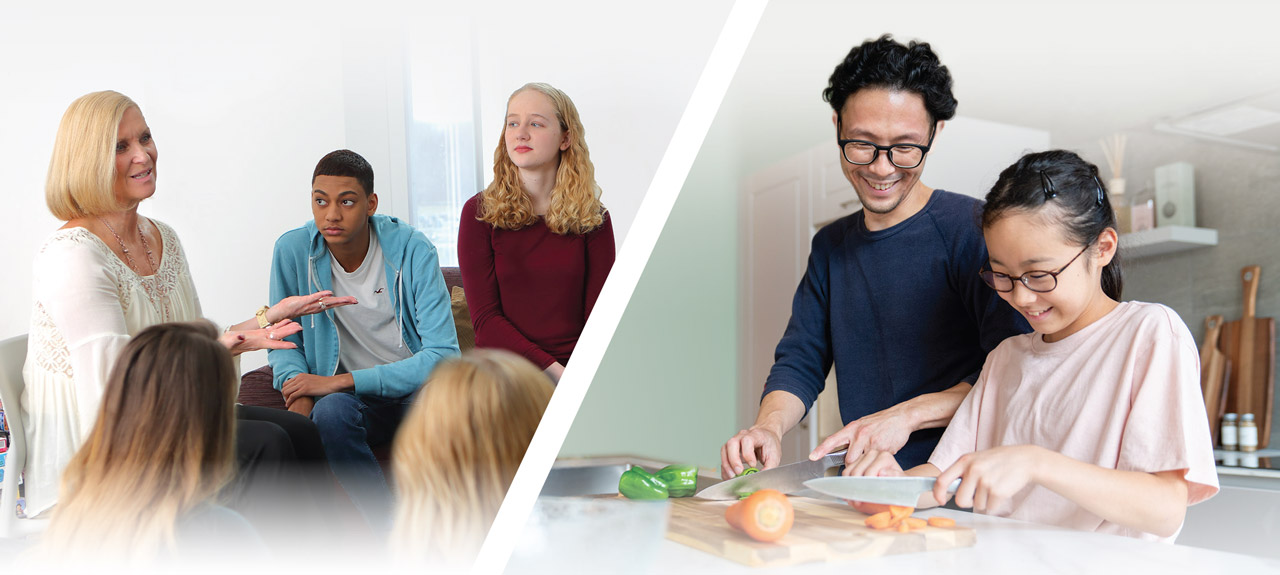“Parents sometimes look at an eating disorder as something defiant rather than an illness, or they may think that their child will be healthy once inpatient care ends,” says Maggie Moran, MSW, LCSW, Senior Therapist at Princeton Center for Eating Disorders. “But it’s really a journey that requires education to prepare them for what might be a lengthy transition.”
“We help parents understand that an eating disorder can overshadow a child,” says Supervising Psychologist Rebecca Boswell, PhD. “When these children go home, we want their healthy selves to shine a little more while parents help fight the eating disorder.”
Planning What’s Next
Parents aren’t alone in this battle. From the day of admission and throughout inpatient treatment, caregivers and a dedicated discharge planner ensure that each family has the support in place that’s right for them.
Whether the next step is residential care, intensive outpatient treatment, or general outpatient care, the staff at Princeton Center for Eating Disorders helps put the best team in place for each child while maintaining ongoing communication with referring providers. Likewise, because school is such an important part of a child’s life, the academics team provides targeted one-on-one instruction to keep young patients on track during treatment. With consent, the academics team – and care providers, if beneficial – facilitate connections with school staff that aid in a smooth return to the school environment.
Giving Parents Tools
In addition, throughout the course of treatment, parents receive education and a toolbox of skills aimed at keeping their child safe. They gain this knowledge through family therapy, meetings with therapists and psychiatrists, and nutrition education with a dietitian. This level of family involvement helps them become more comfortable with effective coaching, mealtime support, sample menus, concerns to watch for, and topics to avoid – including comments related to appearance and specific food intake. Individual support styles are also addressed.
“In zeroing in on what works best for each child, we consider the family dynamic and work to improve communication styles in ways that can ease stress,” adds Moran. “Often, the best outcomes are seen when parents are firm in a gentle, supportive way. But no matter what approach fits best, we’re all working together toward a common goal – to help children continue to grow in a healthy and safe way, participate in their milestones, and get back to the things they love.”

